Formerly incarcerated people often say that prison follows you long after you’ve left. It’s an ecosystem predicated on survival, and the more time one serves, the more deeply ingrained the prison social construct becomes. Once released, formerly incarcerated people experience mental health and substance abuse disorders at disproportionate rates. Often, they carry a multitude of psychological damages caused by their time incarcerated, referred to as post-traumatic prison disorder (PTPD). PTPD symptoms include distrust, emotional numbing, flashbacks, decreased self-esteem, issues with subordination, and more. In this way, their sentences are ongoing.
Photographer Annie Grossinger has been documenting people’s return home since 2018 in New York City. "I started by sitting in on weekly meetings held by the Fortune Society, a not-for-profit organization whose mission is to support successful reentry from incarceration. I wanted to hear what formerly incarcerated people viewed as a major issue that isn’t being addressed," she told BuzzFeed News in an email. New York has an incarceration rate of 443 per 100,000 people (compared to 689 per 100,000 people in the US overall) and releases approximately 25,000 people annually. The rate of incarceration has grown rapidly in the last 40 years.
"The more I spoke to people, the more it became clear that mental health problems are still heavily stigmatized and not adequately addressed as a major component of recidivism," Grossinger said. Reentry into society can be harder in communities of color, where aggressive policing can trigger episodes of PTPD. It’s a cycle that affects the well-being of not only individuals but their families and communities.
"Nearly every single person had a major gap in treatment, problems with reentry programs/halfway houses that enforced policing tactics rather than rehabilitation or didn’t have the programs they espouse on their websites," Grossinger said. She met some of the people she photographed through the meetings at the Fortune Society. Here is what they said about their experiences.

Isaac Scott, founder of the Confined Arts, sits in his studio. "Mental health is stigmatized in this space. If I show you the scars of my incarceration, it’s only going to make you have more judgments," Isaac said. "I’m carrying two stigmas simultaneously. You feel like you have to show your best self coming home, wear these masks. You can’t show the trauma. That becomes more emotionally distressing." Art gave him a space to express his emotions.
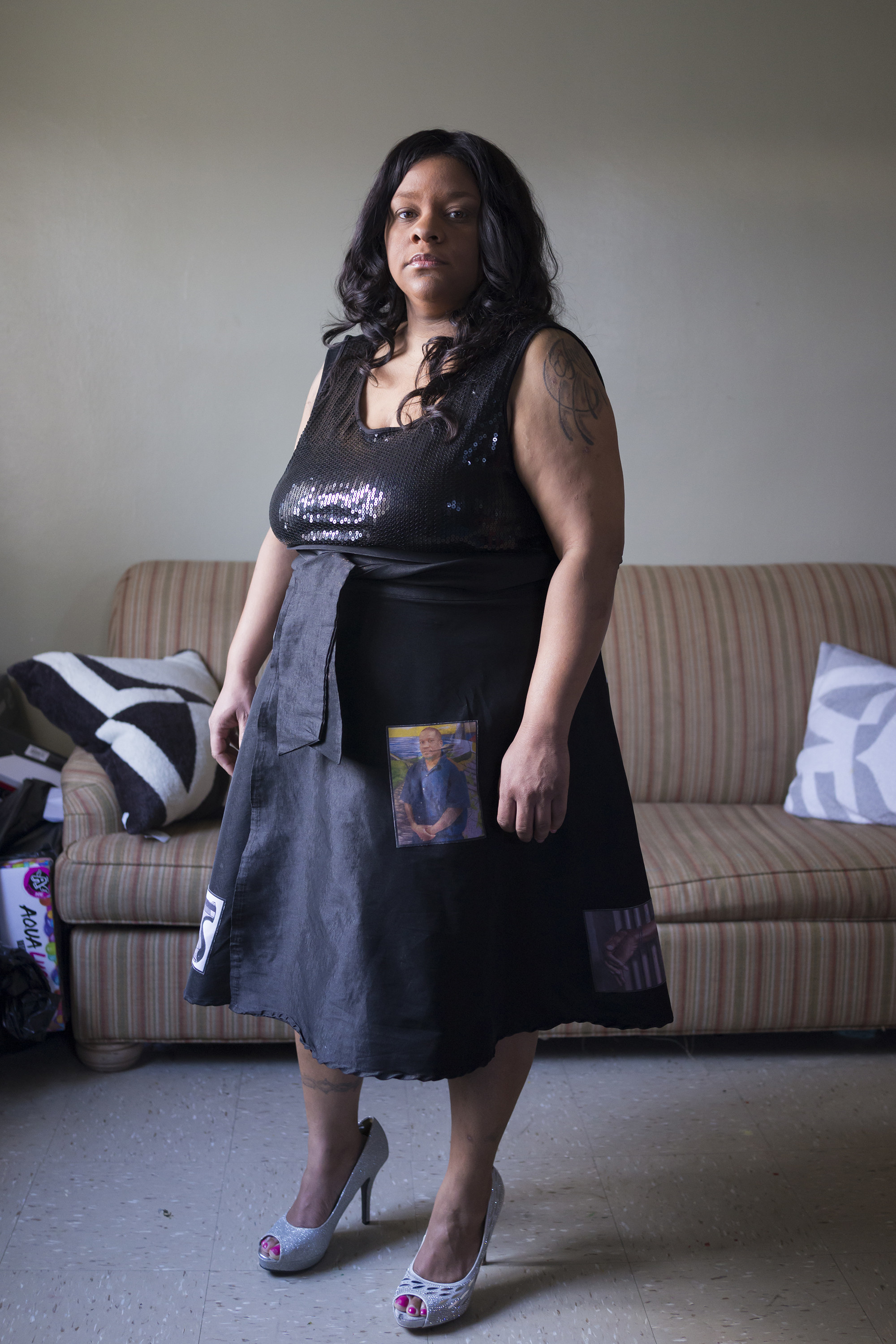
Shawanna Vaughn wears a skirt she made featuring a photo of her brother, who passed away just before she was incarcerated. "When you’re released, everything has changed. You can be in long enough for people to die, people to be born, for the beeper to become the smartphone," she said. Shawanna was incarcerated for five years.
Upon release, Shawanna began to advocate for the recognition of post-traumatic prison disorder. She has drafted a bill that she hopes to pass in New York that would allocate resources to mental health services: "You have to learn totally different survival skills inside, but how can people be expected to reintegrate when they’re not mentally stable?"

Ervin "Easy" Hunt was incarcerated off and on between 1972 and 2002, predominantly for drug charges. After each sentence, he was placed back in the same neighborhood with the same temptations. As someone with an addiction, he found the structure of prison to be easier to manage than the outside world: It was a time to get clean. He had friends. There were programs that could help. Outside, he had no one and nothing. Easy has been clean since 2012. He now works as an actor and was cast in two productions of Shakespeare in the Park.
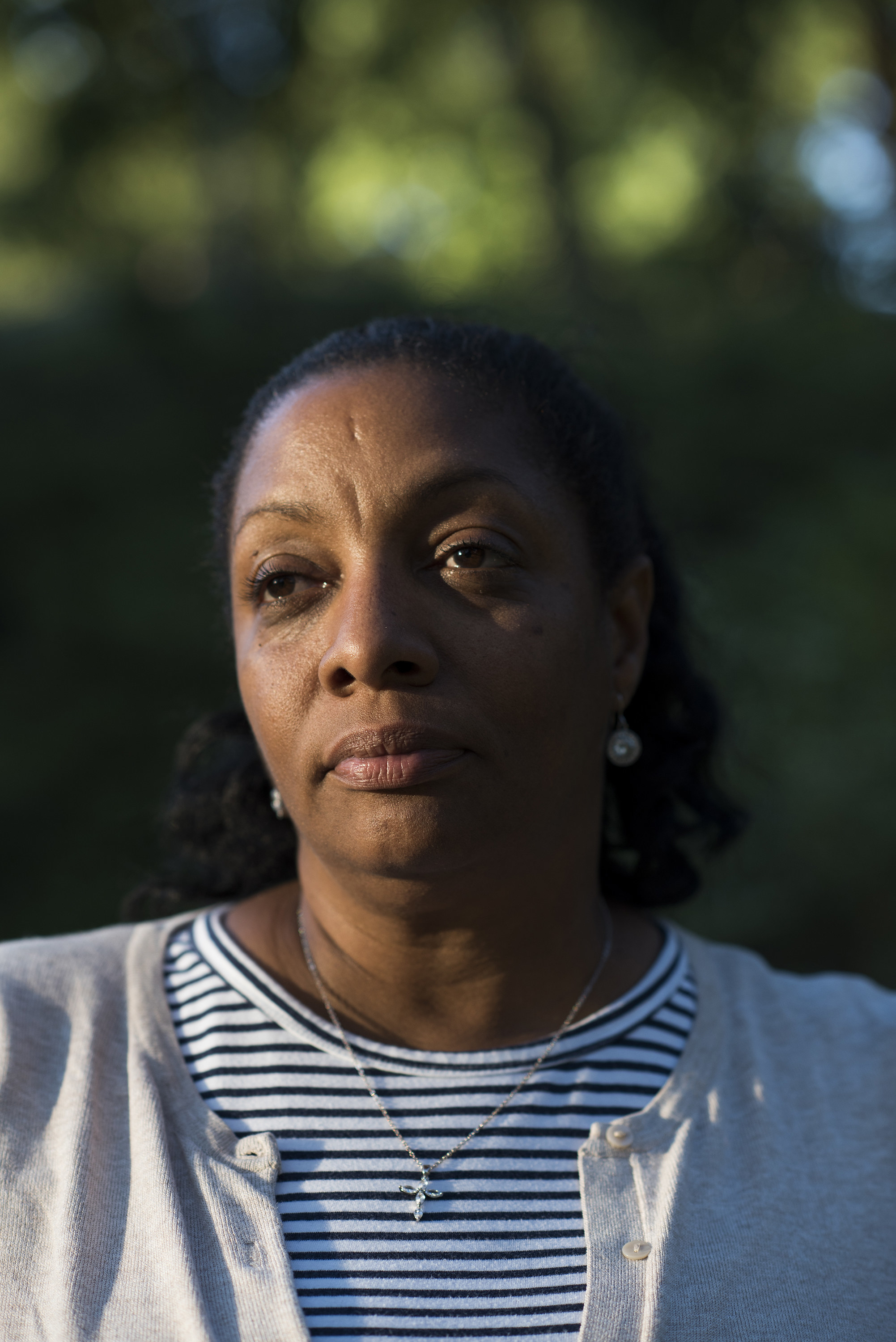
Dorian Bess found therapy during her second 10-year sentence. But upon release, she was abruptly cut from treatment. Her halfway house, which had said it had several programs, in fact had none. She started having panic attacks. Six months out, she had what she described as a “meltdown.” Today, she is doing much better but acknowledges that it’s not a linear process. At the time of the interview, she still didn’t have access to therapy, but she was focused on helping other women who were reentering society. She works two jobs, recently completed a semester at LaGuardia and is preparing to take the state licensing exam to be an Alcoholic Substance Abuse Counselor.
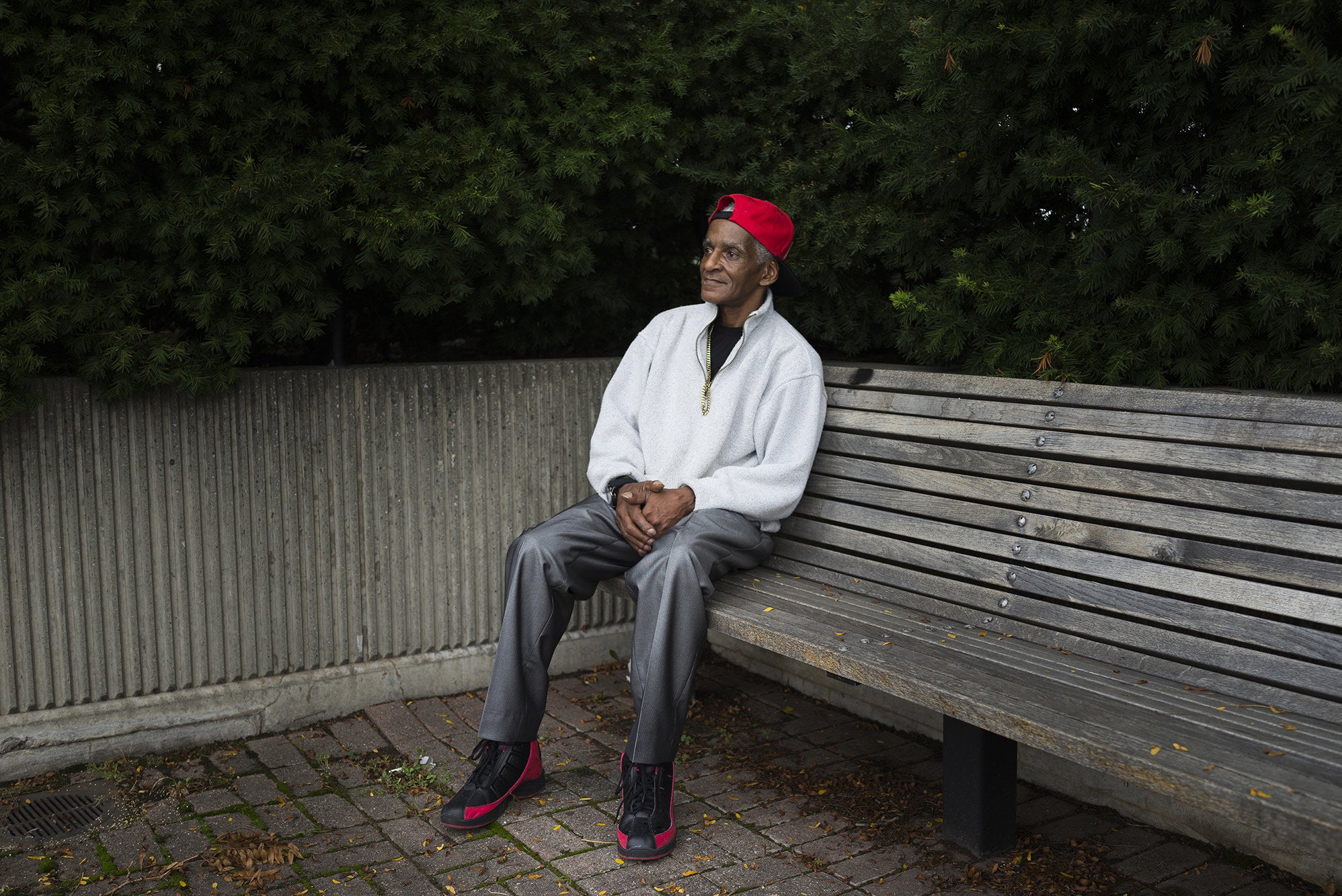
Greg Pierce sits in Riverside Park in Harlem when he needs a reprieve from city life. Greg was incarcerated for 21 years before being released in 2005. At first, he had difficulty adjusting to the busy New York City streets and subway systems. "In prison, when someone bumps into you, it means something," he said. "Out here, I didn’t know what people were trying to say to me. But I had to constantly ask myself, 'Do you want to go back to jail?'"
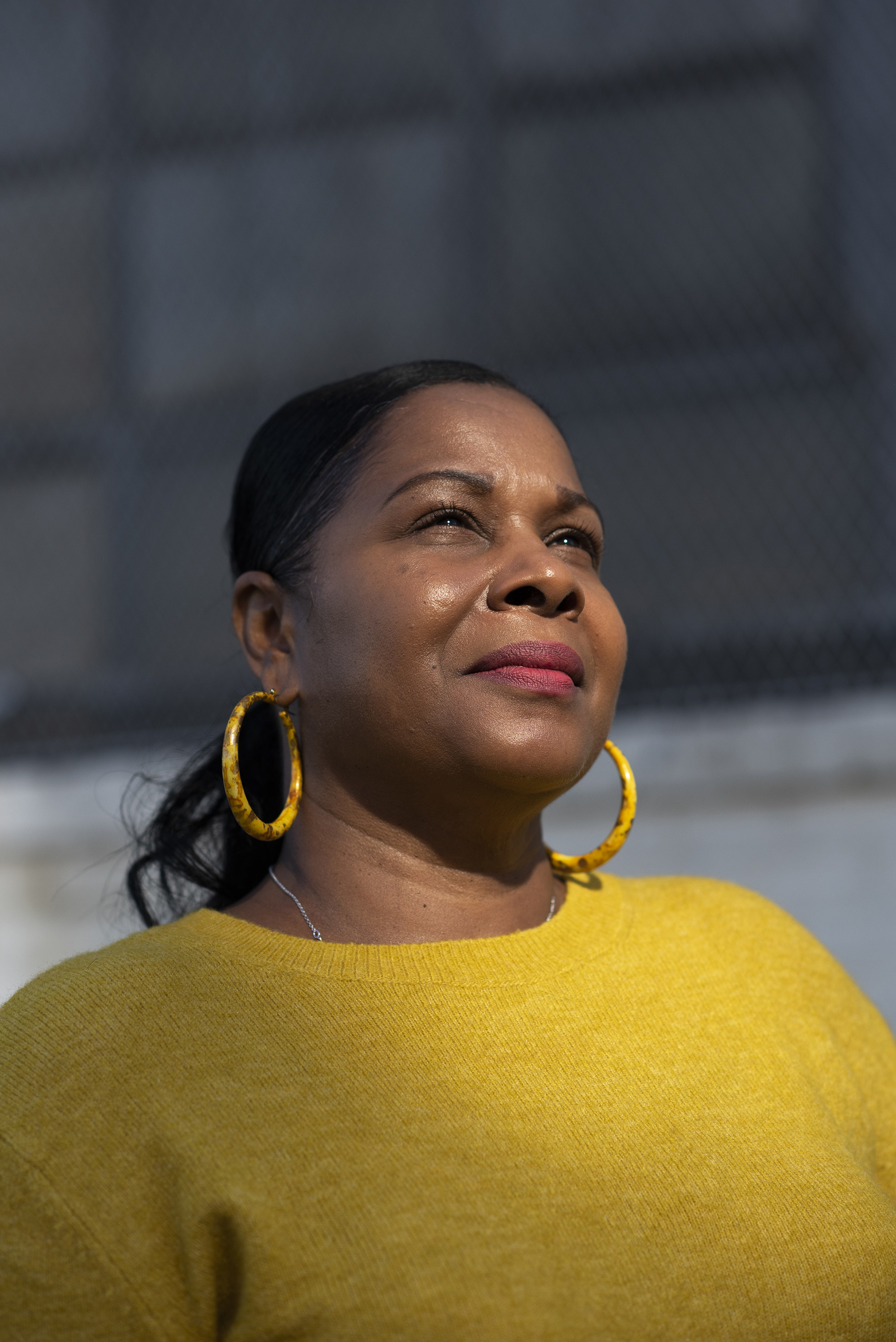
Clover Perez stands outside her recording studio, where she interviews formerly incarcerated people for her podcast and advocates for prison reform. "I felt like I totally lost my voice. I had to learn to speak up again because injustice is traumatizing. ... The pressure is on once you return. People want you to get a job immediately, take your kids back, get a house. But you need time to debrief and integrate slowly."

Dave Coleman said: "I don’t know if this is true. But my perception is this: The issue with some people is that I’m white and they think I should know better. I can move next door to them, and that scares them. I can hurt someone without a weapon, and that scares them. ... But I got work easy. I understand white privilege here. I can get in the door before anyone else." He added, "As soon as you remind me of prison or it starts feeling like prison, I start responding like I’m in prison. In my head, I’ve analyzed how I’m going to act — where the nearest exit is, who is going to be the biggest problem. I always have to know where people are. But [the pandemic] was easy after prison. I have no problem being by myself. I know me."
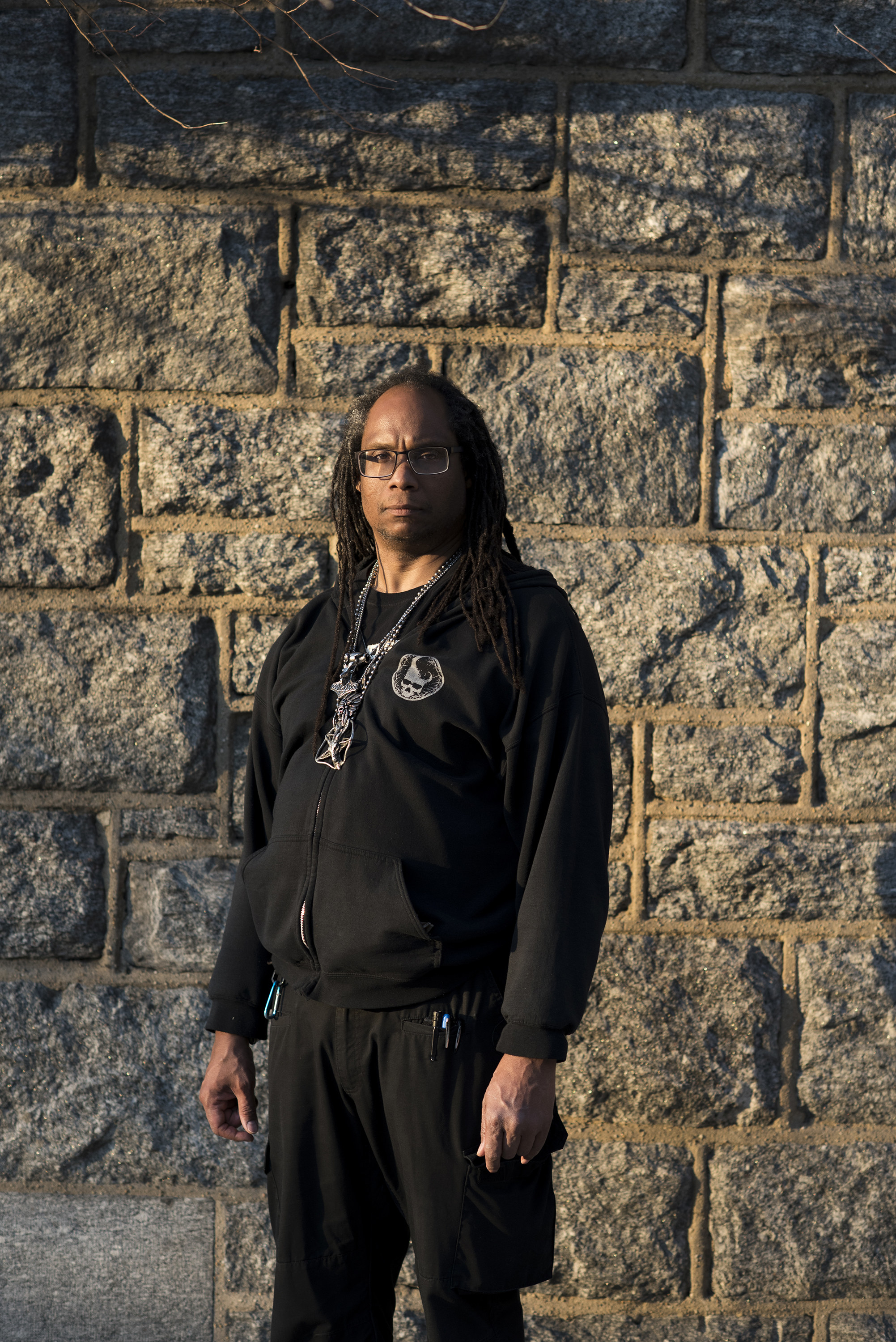
Erobos Abzu Lamashtu stands outside the Castle, a reentry home run by the Fortune Society, where he has lived for seven years. He said: "I was under an intense and unique stress with no support. ... People who go to prison are the most vulnerable population. The idea is to create recidivism. The idea, in my experience, is to perpetuate animalism. It’s a savage culture on purpose."
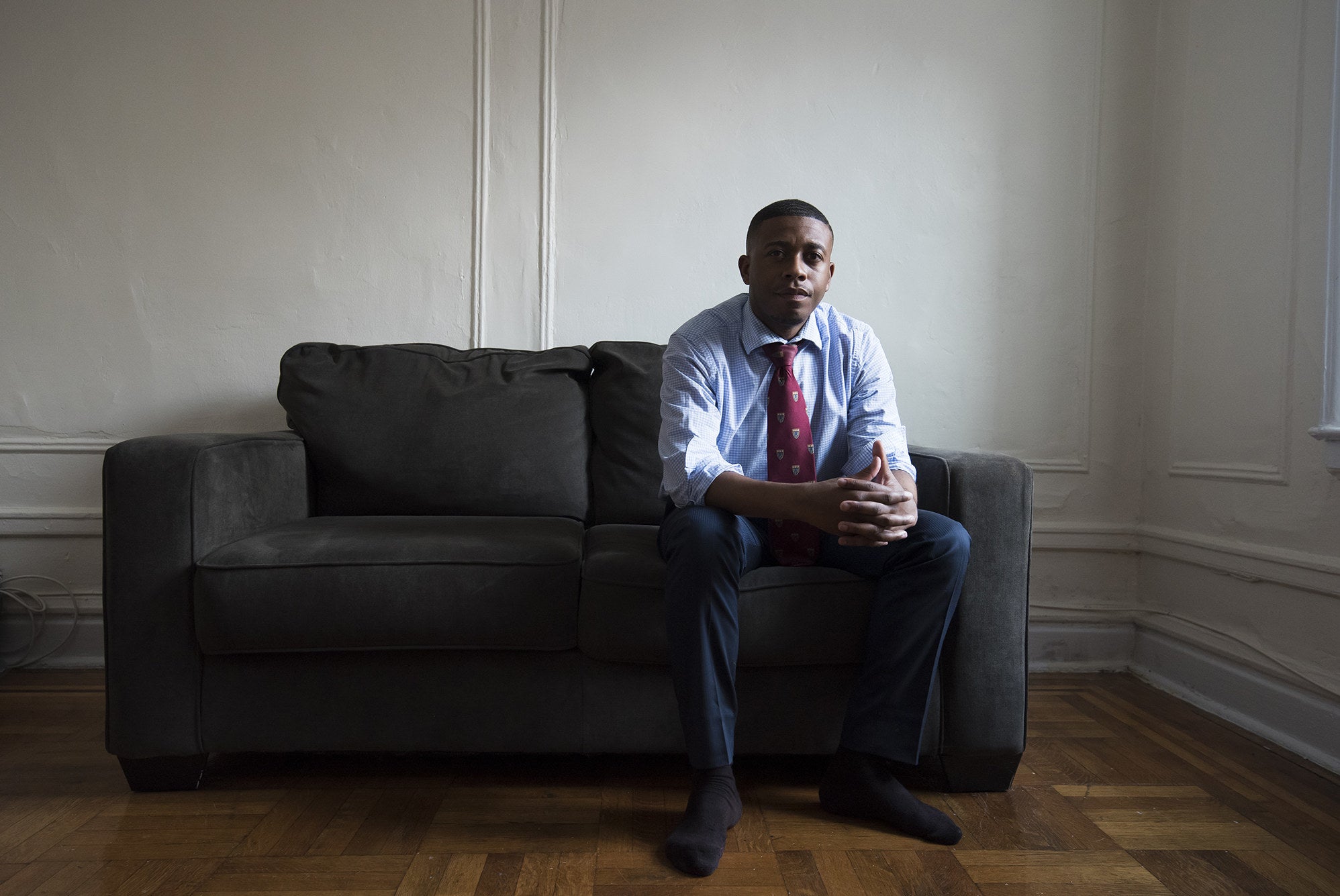
Darrell Bennet served five years. Upon release, he was shocked to find a more polarized society. He found it difficult to separate the tensions of prison with those in society in today's political climate. He felt helpless and hypersensitive, ready for a benign situation to escalate at any moment and fearful that if it did, he would be blamed.
"Shame thrives in secrecy. If I can own my story and really lean into it, other people can do the same," he said. "During the pandemic, when everything got stripped away, people had to ask, 'Who am I for real?' And I have some experience with that. You have to dig in. It’s confrontational, but it’s a beautiful thing."
Darrell was incarcerated three years after graduating from Harvard Law School. After being released, he published a book about his journey through the system.
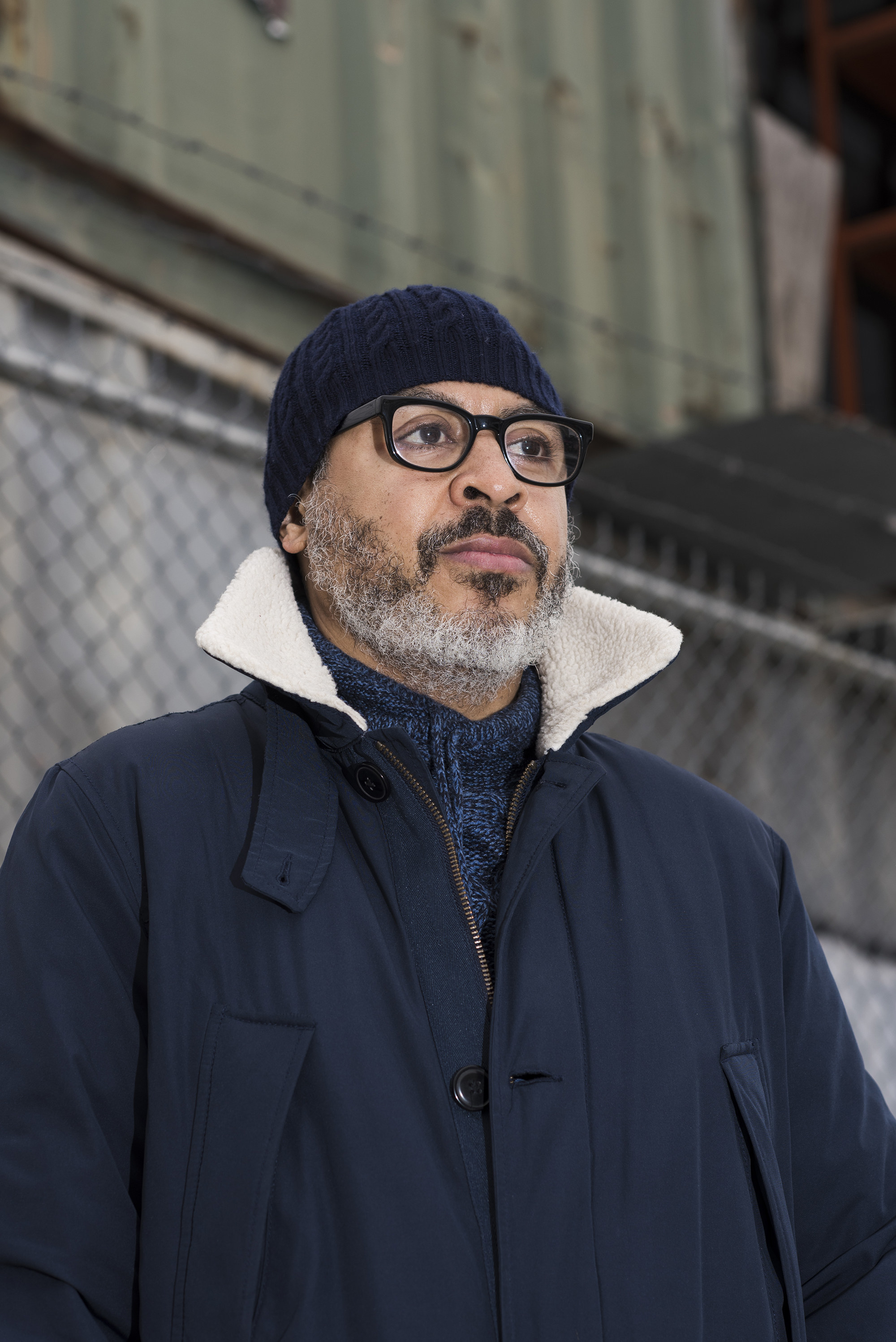
Benji Arroyo was incarcerated for 26 years. Released in December 2019, the cultural and technological differences were shocking. As he was beginning to find his way, the pandemic hit. "The number one illness in prison is mental illness," he said. "It’s almost like you’re traumatized. You have to build a new life in prison, away from your family."

